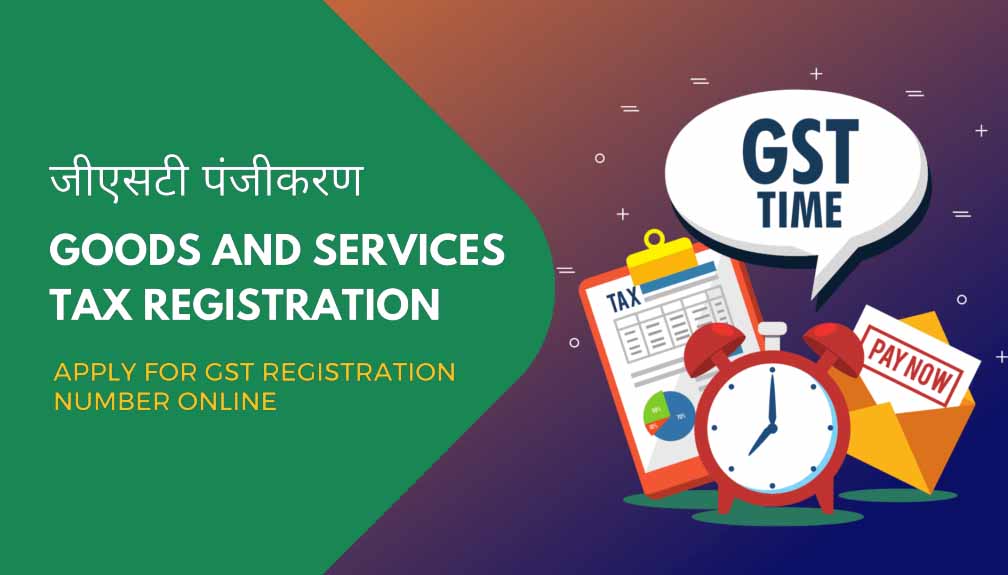How to Register Under GST in Uttam Nagar, Delhi
Category:GST,GST Portal,gst registrationHow to Register Under GST and Find the Best GST Consultant in Uttam Nagar, Delhi 110059
Goods and Services Tax (GST) has revolutionized the Indian taxation system by replacing multiple indirect taxes with a unified tax structure. Whether you’re a business owner, freelancer, or entrepreneur, registering under GST is essential if your turnover exceeds the prescribed threshold. However, the process can be complex, and seeking professional assistance from a reliable GST consultant can save you time and ensure compliance. If you’re in Uttam Nagar, Delhi 110059, this guide will walk you through the GST registration process and help you find the best GST consultant in your area.
Why is GST Registration Important?
GST registration is mandatory for businesses with an annual turnover exceeding ₹40 lakhs (₹20 lakhs for special category states) for goods and ₹20 lakhs (₹10 lakhs for special category states) for services. Here are some key benefits of GST registration:
1. Legal Recognition: Registering under GST makes your business legally recognized as a supplier of goods or services.
2. Input Tax Credit (ITC): Registered businesses can claim ITC on purchases, reducing their overall tax liability.
3. Interstate Business: GST registration is mandatory for businesses involved in interstate supply of goods or services.
4. Compliance: It ensures compliance with tax laws, avoiding penalties and legal issues.
Step-by-Step Process to Register Under GST in Uttam Nagar, Delhi
1. Visit the GST Portal: Go to the official GST portal ([www.gst.gov.in](https://www.gst.gov.in)) and click on the “Register Now” button under the “Taxpayers” tab.
2. Fill Part-A of the GST REG-01 Form:
– Provide your legal name, PAN, email address, and mobile number.
– Verify your details via OTP sent to your email and mobile number.
3. Fill Part-B of the GST REG-01 Form:
– Log in using the Temporary Reference Number (TRN) received after Part-A.
– Submit required documents such as PAN, proof of business registration, address proof, bank account details, and photographs.
4. Verification and ARN Generation:
– Once the application is submitted, it will be verified by the GST officer.
– Upon approval, you will receive an Application Reference Number (ARN) and your GSTIN (GST Identification Number).
5. Download the GST Certificate:
– After successful registration, download your GST certificate from the portal.
Documents Required for GST Registration in Uttam Nagar, Delhi
– PAN card of the business or applicant
– Proof of business registration (Certificate of Incorporation, Partnership Deed, etc.)
– Address proof of the business (Electricity bill, Rent agreement, etc.)
– Bank account details (Cancelled cheque or bank statement)
– Photographs of the proprietor, partners, or directors
– Digital Signature Certificate (DSC) for companies and LLPs
Why Hire a GST Consultant in Uttam Nagar, Delhi 110059?
The GST registration process involves multiple steps, documentation, and compliance requirements. A professional GST consultant can help you:
1. Simplify the Process: They guide you through the entire registration process, ensuring accuracy and timely submission.
2. Avoid Errors: Mistakes in GST registration can lead to delays or penalties. Consultants ensure error-free filing.
3. Compliance Management: They help you stay updated with changing GST laws and file returns on time.
4. Save Time and Effort: By handling the paperwork and technicalities, consultants allow you to focus on your business.
How to Choose the Best GST Consultant in Uttam Nagar, Delhi 110059
Finding the right GST consultant is crucial for seamless GST registration and compliance. Here are some tips to choose the best GST consultant in Uttam Nagar:
1. Experience and Expertise: Look for consultants with a proven track record in GST registration and compliance.
2. Client Reviews: Check online reviews and testimonials to gauge their reputation and service quality.
3. Range of Services: Choose a consultant who offers end-to-end services, including registration, return filing, and advisory.
4. Transparency: Ensure they provide clear pricing and avoid hidden charges.
5. Local Presence: A consultant familiar with the local business environment in Uttam Nagar can offer tailored solutions.
Best Consultants in Uttam Nagar, Delhi 110059
Here are some of the best GST consultants in Uttam Nagar, Delhi 110059, known for their expertise and reliable services:
GST Profits: Trusted Name in Taxations & Accounting
– Specializes in GST registration, return filing, and compliance.
– Offers personalized services for small and medium-sized businesses.
– A trusted name in GST consulting with a team of experienced professionals.
– Provides end-to-end GST solutions and advisory services.
– Known for quick and hassle-free GST registration and compliance services.
– Offers affordable packages for startups and businesses.
– Provides comprehensive GST services, including registration, filing, and audit support.
– Known for their client-centric approach and transparent pricing.
– A reliable GST consultant in Uttam Nagar with years of experience.
– Offers tailored solutions for businesses of all sizes.
Registering under GST is a critical step for businesses to operate legally and efficiently in India. While the process can be daunting, hiring a professional GST consultant in Uttam Nagar, Delhi 110059, can make it seamless and stress-free. By choosing an experienced and reliable consultant, you can ensure compliance, save time, and focus on growing your business.
If you’re looking for the best GST consultant in Uttam Nagar, consider the option listed above and evaluate their services based on your business needs. With the right guidance, GST registration and compliance can become a hassle-free experience.

